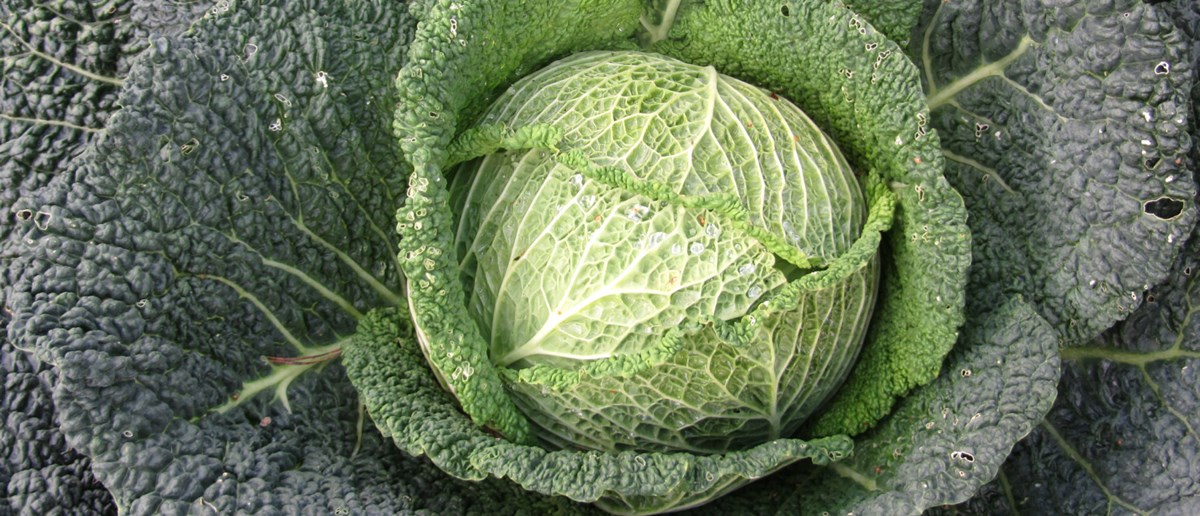Cultivation and garden plants

Extensive knowledge and experience of how to grow plants go into the running of the Botanical Garden. There is continual development through research and experimentation. An important part is the work to improve Swedish and international naming standards for cultivated plants.
Second to going for walks, the most common leisure activity out-of-doors among adults is gardening. If you add together the acreage of all of Sweden's gardens, the total area for cultivation would be as big as the province of Blekinge. Gardening is good for people's health and well-being, besides which it contributes to sustainable food production with locally grown fruit and vegetables.
Cultivars are plants that people have transformed by purposeful breeding. They have lost some of the characteristics that adapted them to their lives in the wild. Instead, they have developed other characteristics and are cultivated to be useful in other ways, for example as food, building materials and medicines. Even purely ornamental plants count among cultivars.
Development is continual of new plants to cultivate and new methods of cultivation. Research is important to understand the characteristics and variations of different species as well as how to conserve them for the future.
Naming cultivars
How should cultivars be named correctly? Read more about their names.
Henrik Zetterlund, horticultural curator in the Gothenburg Botanical Garden, talks about one of his favourite plants, Corydalis.






